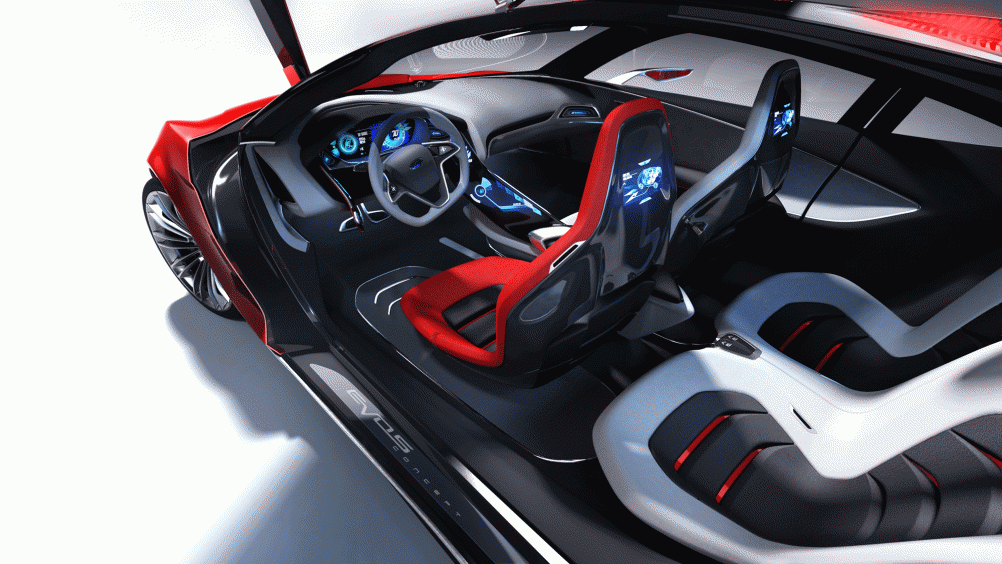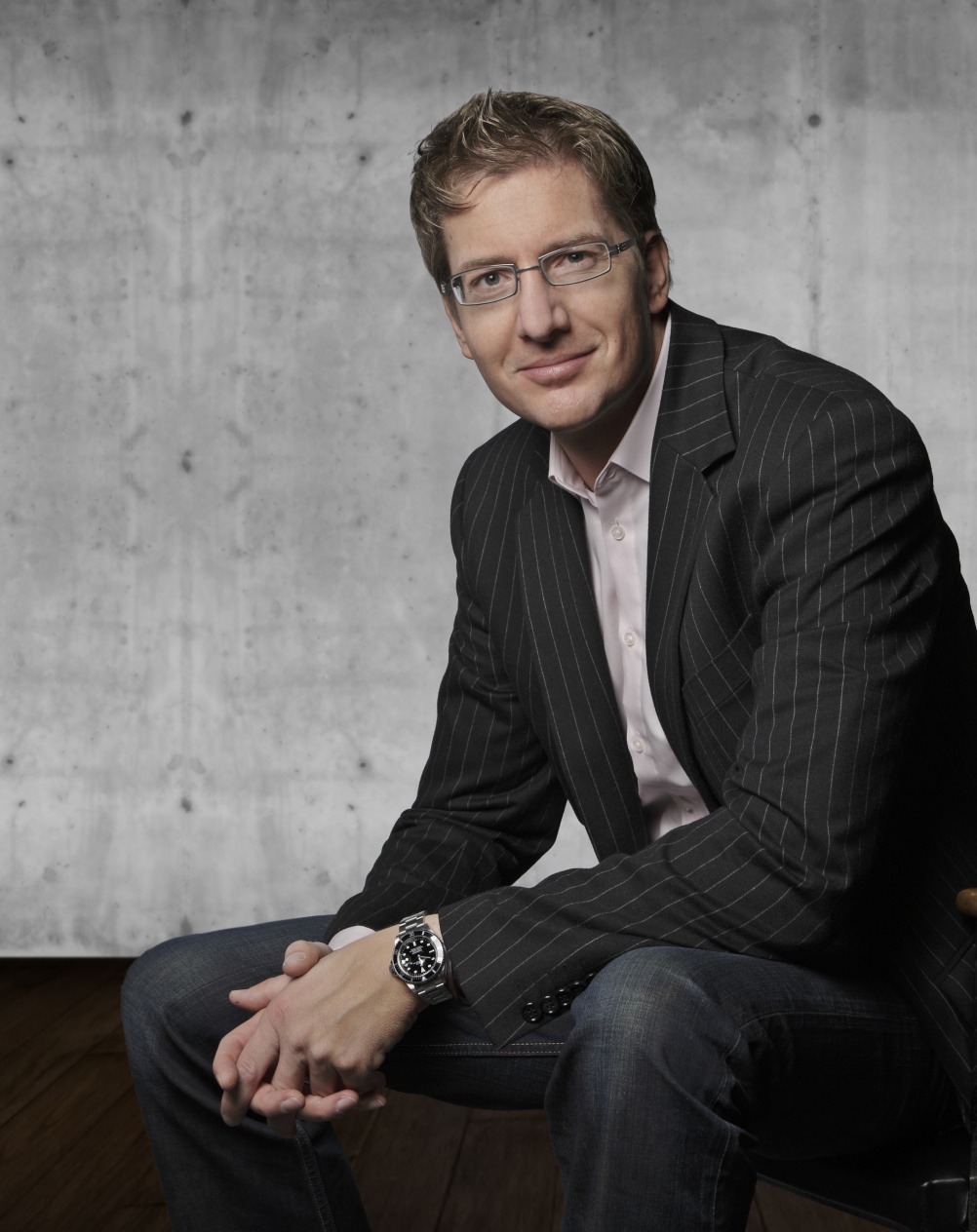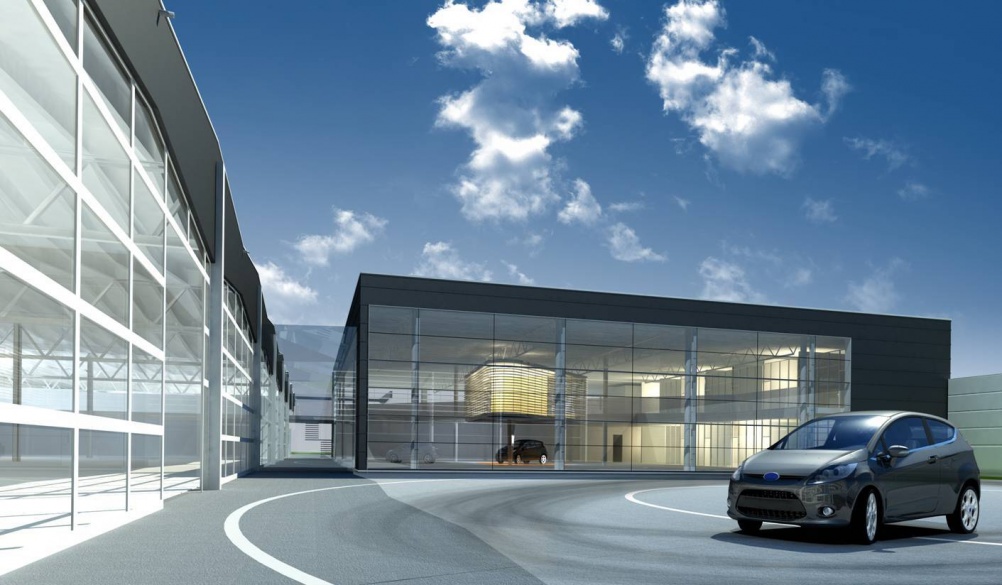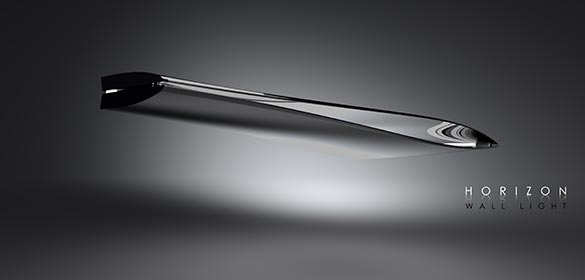Ford’s Ernst Reim: “We’ve arrived at the future of automotive interior design”
Ernst Reim, Ford’s chief interior designer, Europe, has overseen the designs of many of the company’s flagship cars, including the latest Fiesta, Mondeo, B-Max and C-Max. We caught up with him to understand what goes into designing a car’s interiors and why the industry is about to take an unprecedented step into the future.

Design Week: How long have you been in your current role and how has it changed over the years?
Ernst Reim: Well, I’ve been leading the Interior Design department for Ford of Europe for eight years. During this time a lot has changed of course, especially in terms of vehicle development.
Ten years ago our main priority was around the interior environment for the driver, and where they were placed to have an ergonomic steering of the vehicle and optimum view points of navigation and infotainment components.
Today, if we think about what is possible due to assistance systems and the complete connection of all components in the vehicle through fully-automated driving, it provides the opportunity for a much more differentiated design of the interior architecture.
In ten years time some Ford cars will drive themselves
This creates completely different requirement profiles for the different vehicle categories. In ten years, a sports car – an icon like the Mustang will be mainly driven manually, but there will be roads on which you can, or even have to, drive fully automated. While the car is driving automatically the driver has time for other activities like working, entertainment or relaxing. For all these activities new ideas need to be found.
“We are in one of the most exciting phases in the history of automotive interior design”
In ten years, a car like the Ford Galaxy will barely be driven manually. Our vehicles are like a second home – a mobile home – and families don’t want to miss anything they can do at home. For both short and long trips, travelling and working in your car will be more relaxed than ever before. We are in one of the most exciting and challenging phases of development in the history of automotive interior design.

DW: How big is the team you head up?
ER: The European interior design team consists of 21 creative designers currently. Including all global based colleagues, who we are in constant contact with, we have a creative pool of about 60 designers.
DW: What is the setup of the design team and how does your work integrate with that of exterior designers and engineers?
ER: Daily meetings with the exterior designers as well as all creative engineering teams are the basis for successful development. The ideas can be shared and if they can be implemented within budget then we are very happy. The basis of success in new programmes is good teamwork.
DW: How are car interiors influenced by trends from outside of the car world – such as product, interior and fashion design?
ER: The nature of every creative designer is to get inspired by special products, architecture, fashion and especially art. We are researching for future trends in all areas. It helps us to combine the technical requirements with the new evolving design language elements, which of course need to transform into a unique Ford design language. This, along with customer feedback and insights, influences our work strongly.

DW: What kind of bearing is sensory and wearable tech having on car interiors at the moment?
ER: Today mobile phones and other wearables connect automatically with infotainment systems. It is important that the connection with the interiors be seamless. In the future our vehicles will control the wearables using customised software, or the wearable can partly be used for controlling the vehicle.
Home environments – lighting, temperature, choice of music – can be automatically replicated in the car
The wearables mainly help us with personalising the interior of the car, for example the music that the customer listens to at home will automatically be played in the car. The temperature that has been set in our house can be transferred directly to our car, and even the interior lighting can be customised to the same ambiance of the house. This enables a very symbiotic relationship between the home and the car.

DW: Will driverless cars change the way car interiors look and function entirely?
ER: As I mentioned before, car interiors will be fundamentally different in the future given the requirements to control a vehicle as well as the entertainment needs and interactions within the vehicle, which will change considerably.
“The act of driving and being a passenger will be redefined fundamentally”
These radical innovations will redefine the automobile of the future; visions that we only dared to dream about will become reality. We’ve arrived at the future, the act of driving and being a passenger will be redefined fundamentally. The interiors will be customised to create a new driving experience.
DW: At Salone del Mobile in Milan we saw some design expressions inspired by the Ford GT. Why is it important for Ford to look beyond vehicles?
ER: All inspirations from different areas such as aerodynamic design, product design, architecture, fashion and art as well as former Ford form languages, help us to define a new unique Ford-defined form language*.

These unique form language elements that we apply to our vehicles can also be used for product design. From a watch to a helicopter, from a hand-bag to a couch, our creative designers have made it a hobby to deliver designs for different products. Some of the designs were showcased at the Salone del Mobile furniture fair in Milan. You can imagine that this is a real joy for us.

DW: What is form language in this context?
ER: Form language is the execution of the main surfaces of the architecture, for example fluid, clean, stretched, expressive and so on.
Ford designers must understand the company’s innate “form language” before they even begin to work on an idea
It also encompasses how you execute and integrate the decorative elements to the main architecture and the relationship between the decorative elements and the functional elements as well as how you add definers, and styled functional elements that give the final premium touch to the electrical and functional components.
This thinking and creative strategy needs to be developed as a guideline for the designers before they can start with their ideation sketches.
-
Post a comment




